In recent days, white spot disease in shrimp has appeared in aquaculture areas in some localities of Tien Hai and Thai Thuy districts. The Department of Agriculture and Rural Development and localities are actively implementing measures to prevent the disease from spreading widely.
White spot disease in farmed shrimp has occurred in 130 ponds of 80 households in Dong Minh (Tien Hai), Thuy Hai, and Thuy Xuan (Thai Thuy) communes.
According to the report of the Department of Animal Husbandry and Veterinary Medicine (Department of Agriculture and Rural Development), up to May 15, white spot disease in farmed shrimp had occurred in 130 ponds of 80 households in Dong Minh (Tien Hai), Thuy Hai, Thuy Xuan (Thai Thuy) communes. The area of ponds with diseased shrimp is nearly 83,000m2 , the number of released shrimp is nearly 3.27 million. The number of ponds treated with chemicals is 35, the amount of chemicals used is 256kg.
According to the forecast of the National Center for Hydrometeorology, May 2024 is a period of sudden weather changes, hot weather accompanied by heavy rains will directly affect the aquaculture process, the farming objects are susceptible to diseases, especially white spot disease in shrimp. Therefore, shrimp farmers need to pay attention to the following issues:
1. Signs of white spot disease in shrimp
- Common symptoms: Shrimp swim lethargically, drifting to the shore near the water surface around the pond edge, loose cephalothorax, white midgut running along the abdomen.
- When peeling off the cephalothorax shell, looking under the light, you will see white spots with a diameter of 0.5 - 2mm inside the cephalothorax and the 5th - 6th segments. The white spots have a clear white center and an opaque white outside.
- The disease usually appears 1-2 months after stocking. At this stage, the shrimp are small so it is difficult to detect white spots.
- Farmed shrimp die very quickly (80% or more) within 1 - 5 days after signs of disease appear.
Common symptoms of white spot disease in shrimp include: Shrimp swim lethargically, drift to shore near the water surface around the pond, loose cephalothorax, white midgut running along the abdomen.
2. Measures to prevent white spot disease in shrimp
Currently, there is no treatment for white spot disease caused by the virus, so the only way is to prevent the disease by measures such as:
- During the shrimp farming process, special attention must be paid to maintaining a stable farming environment by mechanical measures such as water fans, bottom aeration and pond bottom siphons; chemical measures such as liming to maintain pH and increase alkalinity; biological measures such as using biological products to improve the pond environment...
- Focus on improving the resistance of farmed shrimp by using good management and care measures; using high-quality feed and supplementing enzymes, vitamins, and trace minerals to help shrimp increase their digestive capacity and resistance to disease.
- Water source must be filtered and treated before being put into the pond.
- Regularly clean and disinfect shrimp feeding tools, check the color, ability to catch prey, and health status of shrimp to detect problems promptly.
- Encourage farmers to apply advanced farming processes such as shrimp farming using biological products and shrimp farming using biofloc technology, which are very effective in preventing and controlling white spot disease in farmed shrimp.
3. Measures to handle when ponds are infected with white spot virus
- Immediately notify authorities when shrimp show signs of disease.
- Isolate diseased ponds.
- Harvest shrimp within 1 - 2 days to minimize damage.
- After harvesting shrimp, disinfect the water and equipment used in the shrimp farming process with 40mg/l chlorine. Keep the water after chlorine treatment for at least 7 days before discharging it into the environment. Equipment and water fans used in the pond must be sprayed with chlorine water at a concentration of 1.6g/l or, if possible, soaked in 40mg/l chlorine water for at least 3 days.
- If the shrimp die before harvesting, destroy them with 40mg/l Chlorine. If the shrimp are not all dead, re-treat with 100mg/l Chlorine. The dead shrimp must be left in the pond for at least 7 days to naturally decompose and destroy pathogens (because pathogens can exist in the cell nucleus).
- After draining the water, remove the bottom mud, lime treatment with 10 - 15 kg/ 100m2 when the bottom is still moist (or add lime according to the pH of the pond bottom). Dry the bottom, ensuring there is no more moisture for pathogens to hide.
- Ponds adjacent to infected ponds that show no signs of disease (such as reduced feeding, lethargy) can be maintained by increasing care and management to improve shrimp resistance. Treat with 10% iodine at 0.3 - 1mg/l (repeat after 3 - 4 days) or formalin 70mg/l (daily) or BKC at a concentration of 1mg/l.
Source


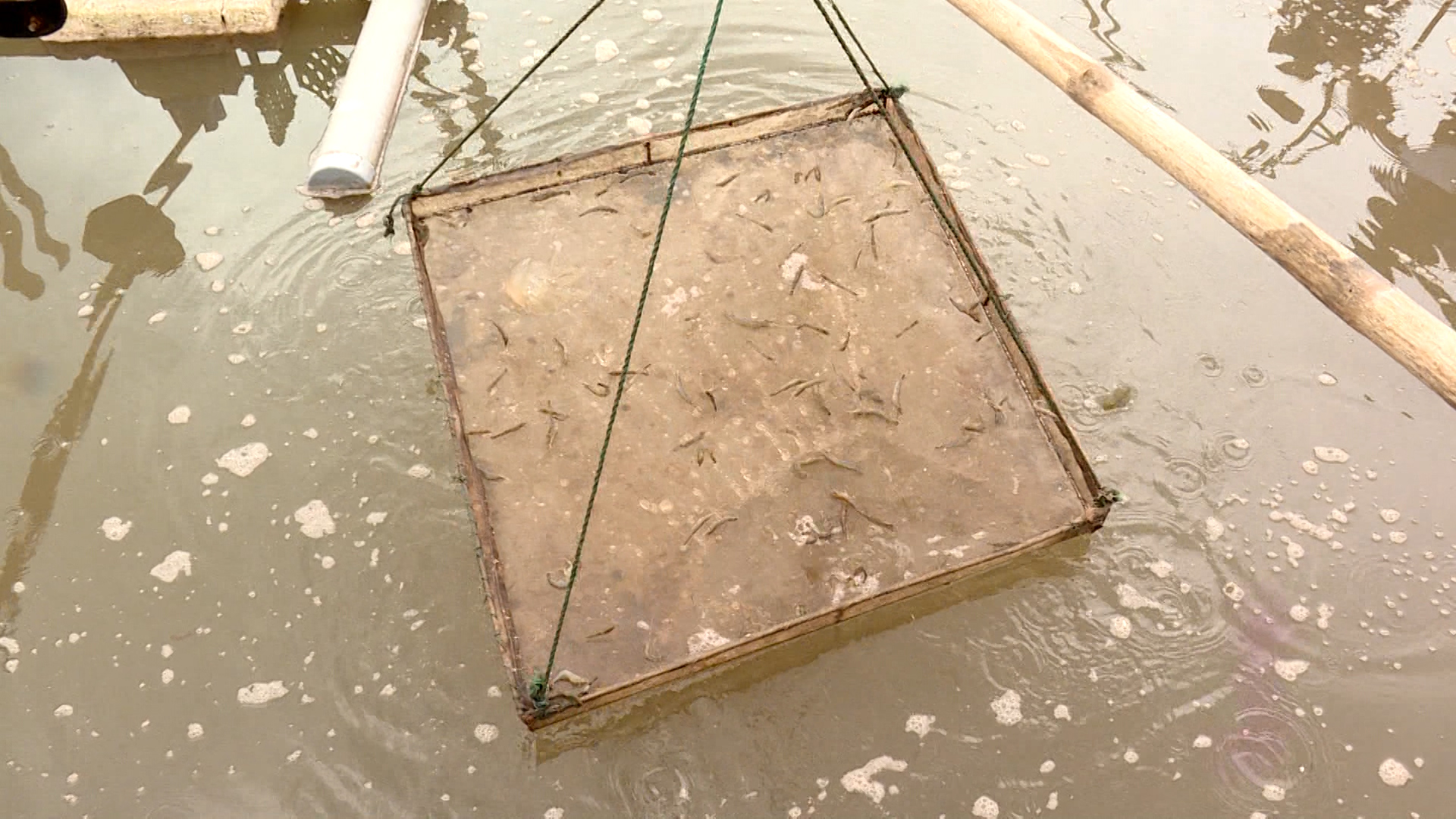
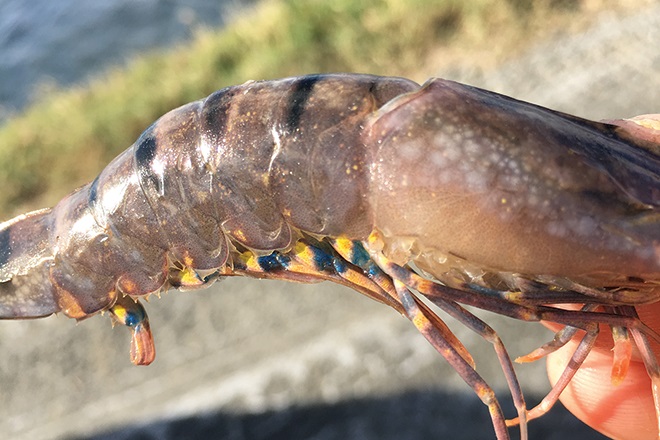
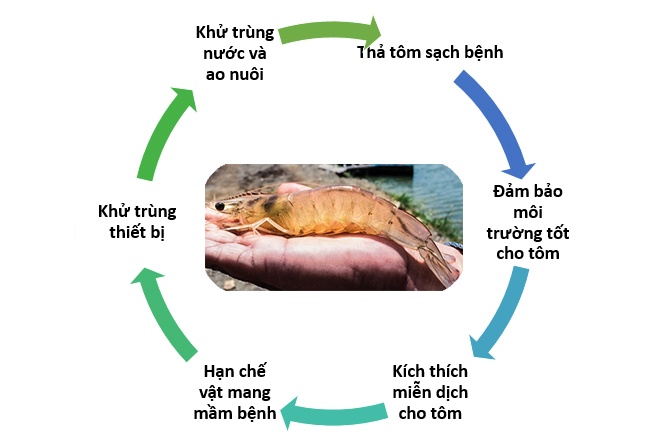




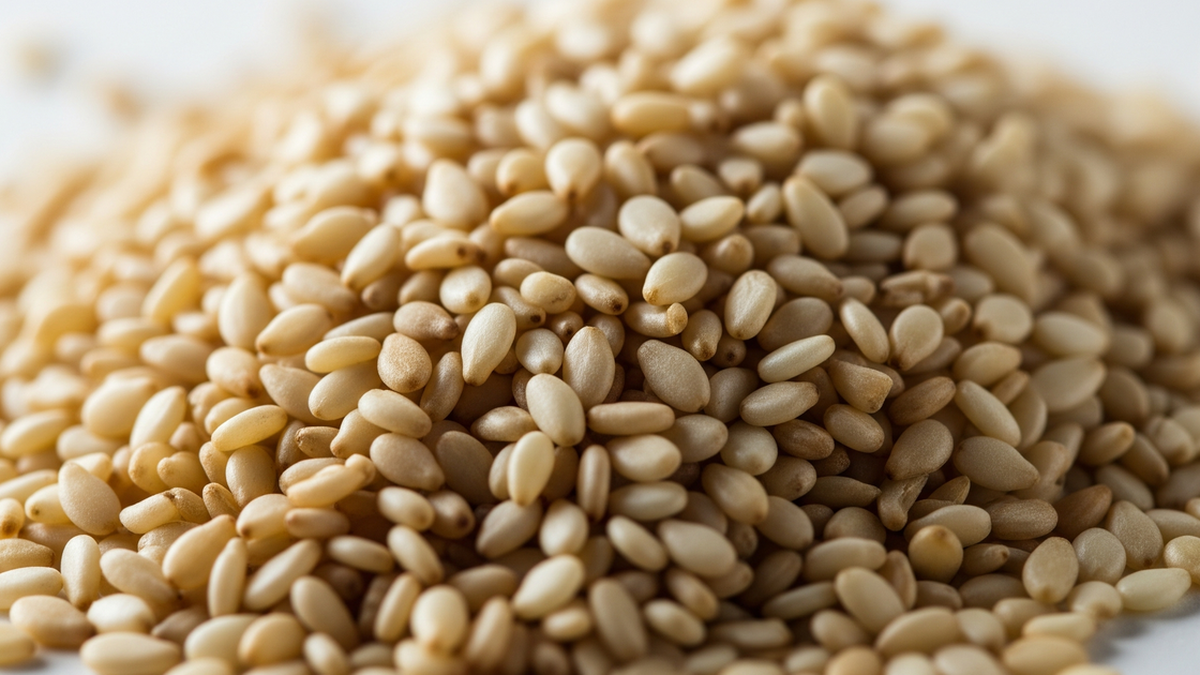
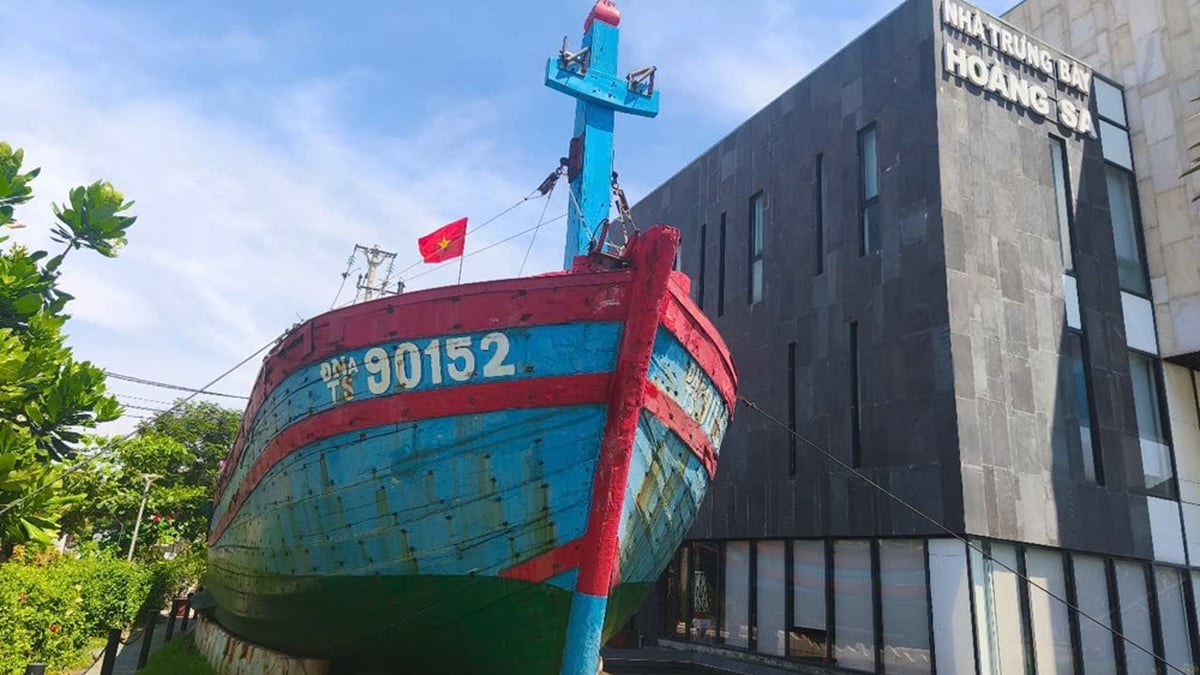
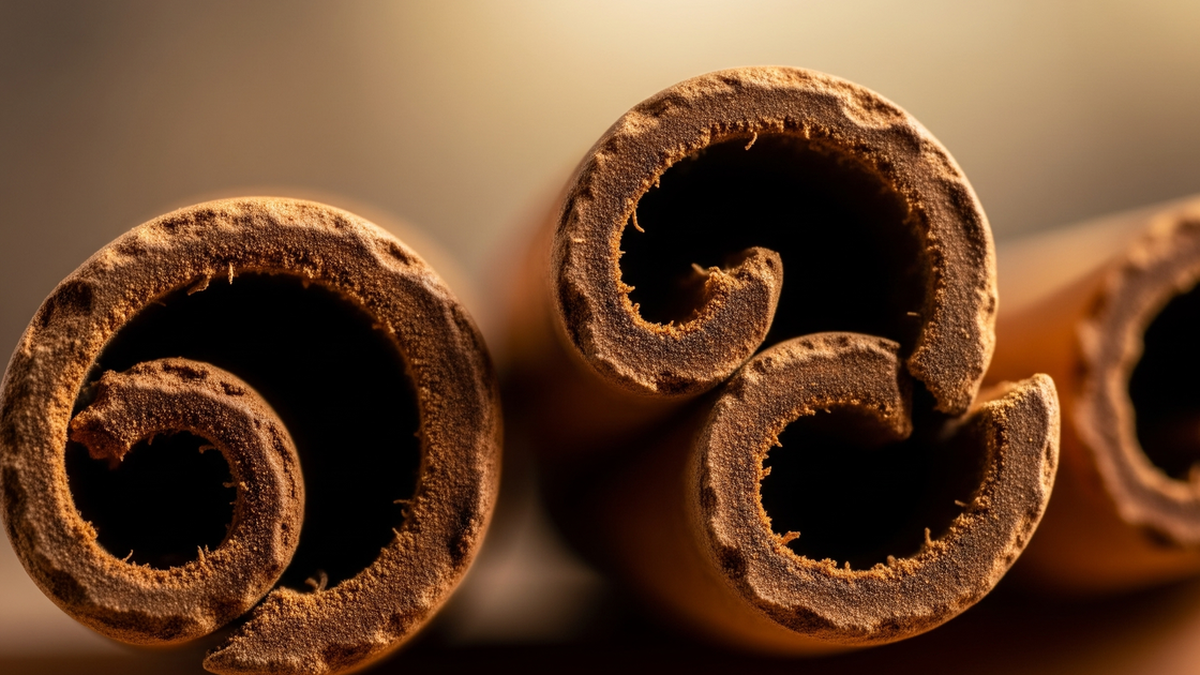


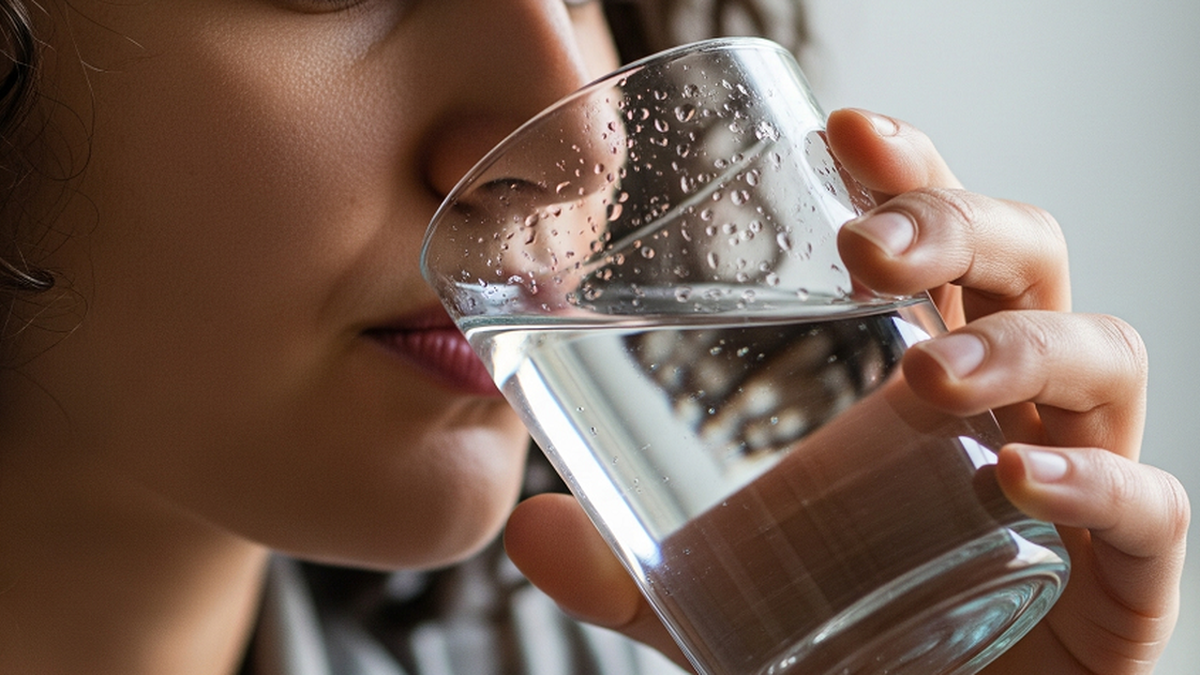








































![[Maritime News] More than 80% of global container shipping capacity is in the hands of MSC and major shipping alliances](https://vphoto.vietnam.vn/thumb/402x226/vietnam/resource/IMAGE/2025/7/16/6b4d586c984b4cbf8c5680352b9eaeb0)












































Comment (0)